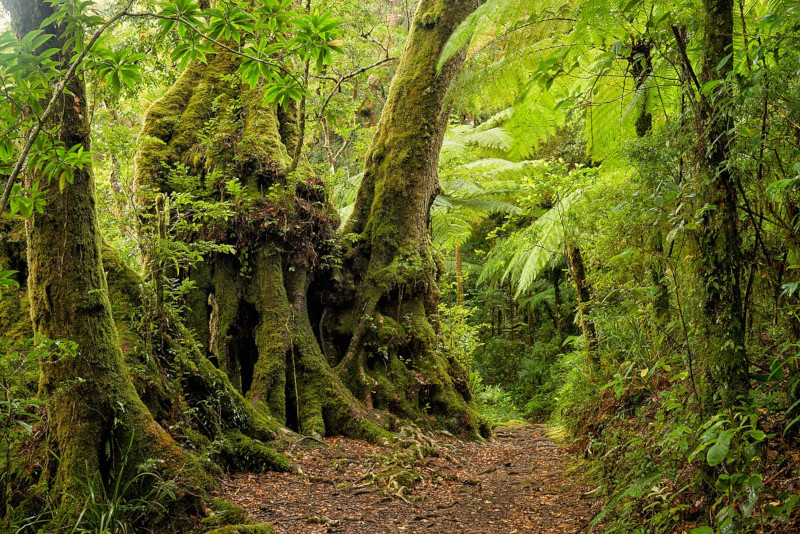
Antarctic Beech Facts
- The distinctive flora best known by the common name of Antarctic Beech remains a most remarkable variety of tree. Professional researchers and botanists, however, know it better by its scientific name. That’s the term Nothofagus moorei.
- Regardless of the name one uses for the tree, it possesses an impressive lineage. That’s due to the amazing fact that it actually represents a relic of the ancient Gondwana forests. As such, this wonder of Nature is a truly ancient species of tree.
- The first official recognition of this plant as a species occurred in the year 1866. This came at the hands of the renowned German-Australian botanist Ferdinand von Mueller. But, another Australian botanist, Charles Moore, collected the actual samples.
- For the moment, the IUCN lists the fabulous Antarctic Beech as Vulnerable. This rating appears of the organization’s Red List of Threatened Species. However, that status could quite easily change for the worse in the near future.
- Like many species today, it faces several potential threats to its continued existence. Among those is the danger posed by habitat loss, as man encroaches on its territory. Yet, also like many other species, its greatest threat likely comes from climate change.
Related Articles
Dawn Redwood
Antarctic Beech Physical Description
Although the magnificent Antarctic Beech truly impresses one, it doesn’t do so due to sheer physical size. That’s due to the fact that, in terms of height, it only ranks as an average specimen. The beautiful flora nevertheless make its mark due to other enviable qualities.
More precisely, this tree attains an average height measuring roughly 80 ft (25 m). But, exceptional individual specimens do occur. These larger-than-average examples of the deciduous species occasionally grow to an upper known limit of 160 ft (80 m) in height.
Regardless of its height, its dark brown trunk ranks as large. That’s at least true in relation to the height of the tree. Among those specimens of average size, this part of the tree achieves a typical diameter of about 3.3 ft (1 m). That ratio approximately extends to all examples.
The leaves of the Antarctic Beech develop as relatively simple in nature. These also reach an average length of 2.4 in (6 cm). In color, this foliage appears a dark green color when mature. But amazingly, when new, this appears as a bright red or orange shade.
The flowers remains small in size. These also appear in numerous small clusters. These also typically develop near the ends of the branches. The fruit additionally develops as a small wood-like structure. Each of these also produces three small nuts.
- Kingdom: Plantae
- Phylum: Tracheophytes
- Class: Angiosperms
- Order: Fagales
- Family: Nothofagaceae
- Genus: Nothofagus
- Species: N. moorei
Antarctic Beech Distribution, Habitat, and Ecology
Somewhat notably, the name of the Antarctic Beech remains quite deceptive. That’s because it does not live in Antarctica. It does, however, appear in a region of the globe well known for its incredible abundance of life, in all forms, including plants.
That holds true since the beautiful flora actually lives on the continent of Australia. Sadly, though, it only appears on a very small section of the continent. More precisely, the tree inhabits a region that covers a small section of New South Wales and Queensland.
Even within that already limited range, it possesses very specific requirements for its choice of habitat, though. In point of fact, it only develops in areas of cool to temperate forests. It also solely lives at altitudes between 1,575 – 5,167 ft (480 – 1,550 m).
Interestingly, the Antarctic Beech appears to reproduce by both seeds and via the actions of suckers. That’s most unusual among related species. Presently, it remains undetermined just which creatures aid in the pollination of its delicate flowers.
Species Sharing Its Range
Check out our other articles on Earth’s Many Magnificent Marsupials, Kakapo, McMurdo Dry Valleys, Plumed midge-orchid, Velvet Belly lanternshark, Pallid Bat, Gila Monster, Weka
